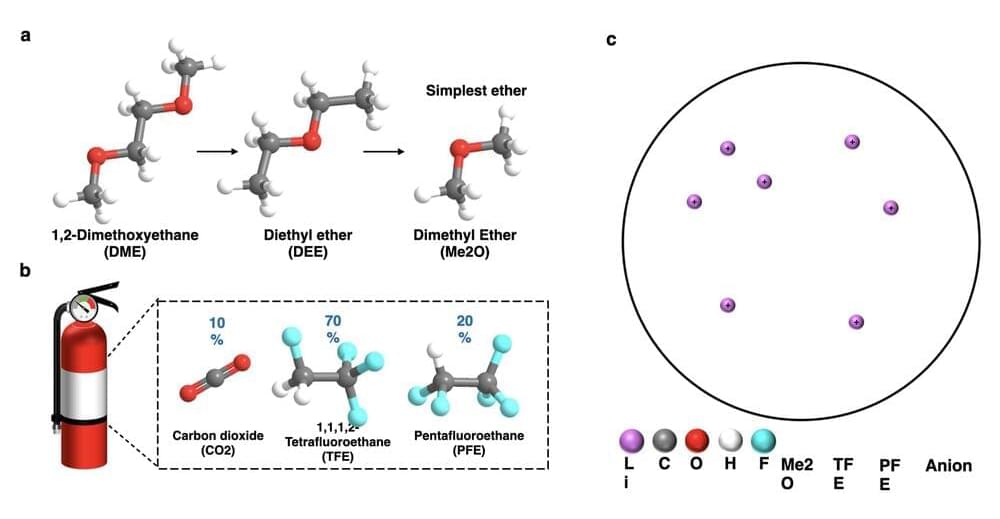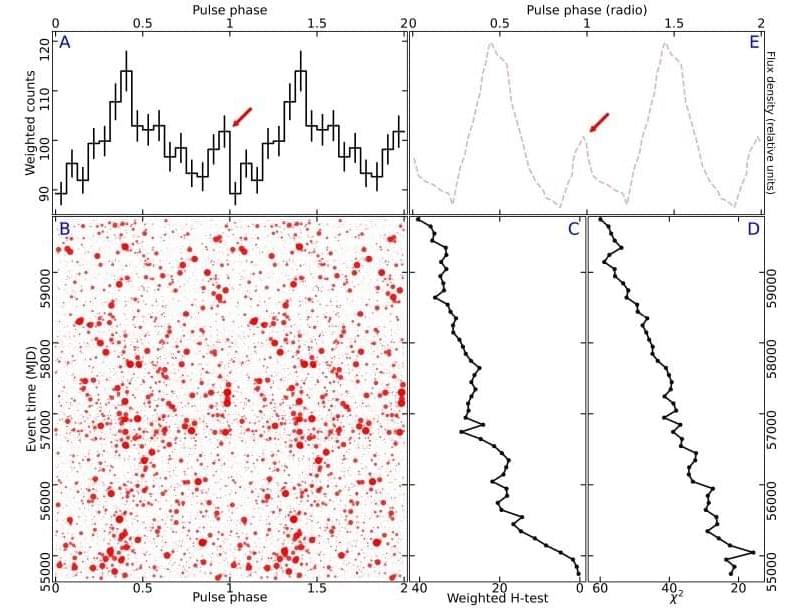Jul 6, 2022
Thermoelectrics: From heat to electricity
Posted by Shubham Ghosh Roy in categories: energy, physics
A lot of heat gets lost during the conversion of energy. Estimates even put it at more than 70%. However, in thermoelectric materials, such as those being studied at the Institute of Solid State Physics at TU Wien, heat can be converted directly into electrical energy. This effect (the Seebeck effect) can be used in numerous applications in industry but also in everyday life.
Recently, Ernst Bauer’s research team made an exciting discovery in a thermoelectric material consisting of iron, vanadium and aluminum (Fe2VAl). The researchers recently published their results in Nature Communications.


















